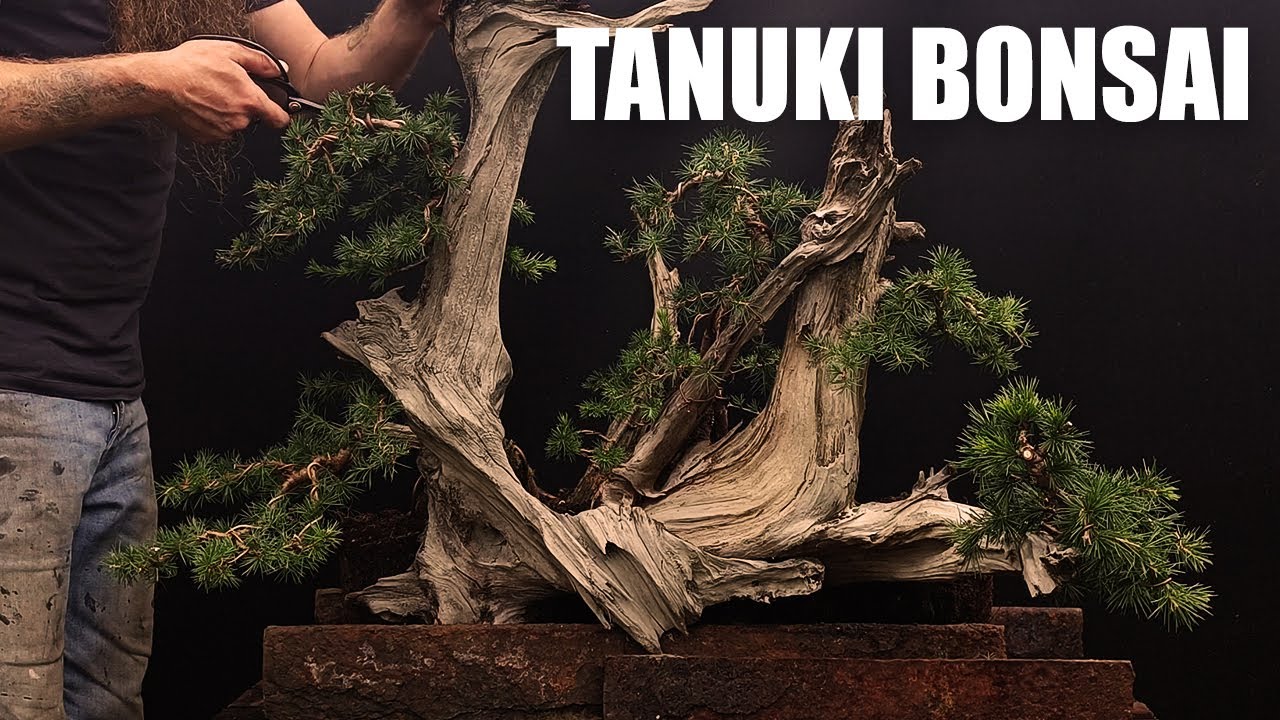We allow advertising on this website to support the blog. Some of content on this website was created with the help of AI.
Creating a Tanuki Bonsai: A Step-by-Step Guide
Introduction
Ah, the art of bonsai. The delicate balance between nature and nurture, creating miniature masterpieces that captivate the eye and soothe the soul. Today, I’m going to take you on a journey through the creation of a Tanuki Bonsai, a technique that merges the old with the new, the deadwood with the vibrant greenery. So grab your tools and let’s get started!
Gathering Materials
When embarking on a Tanuki Bonsai project, I make sure to have all my supplies ready. Here’s what you’ll need:
- Deadwood: I scour the forest for unique pieces that will add character to my creation.
- Metal Containers: These sturdy pots provide a modern twist to the traditional bonsai aesthetic.
- Lime Sulfur: A key ingredient for treating deadwood and giving it that weathered look.
Constructing the Base
First things first, I extend my pond with a tiny river, mimicking nature’s flow within my miniature landscape. Using eco-friendly masonry paint, I carefully coat the surfaces, ensuring a natural finish that harmonizes with the overall design.
Implementing the Tanuki Technique
Now comes the exciting part – creating the bonsai tree itself! Employing the Tanuki technique involves attaching deadwood to a living tree, giving the illusion of age and history. With meticulous care, I secure the deadwood onto the living tree, ensuring a seamless integration.
Planting the Bonsai
To complete the Tanuki Bonsai, I carefully plant it in a pot, nestling it in a bed of nutrient-rich soil. This step is vital for the tree’s health and growth, providing it with the foundation it needs to flourish and thrive.
And there you have it, a step-by-step guide to creating a Tanuki Bonsai that is sure to turn heads and spark conversations. So why wait? Roll up your sleeves, channel your inner artist, and let nature guide your hands in this enchanting bonsai endeavor!



